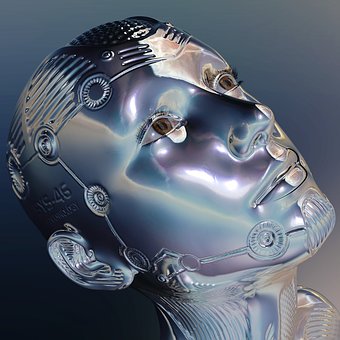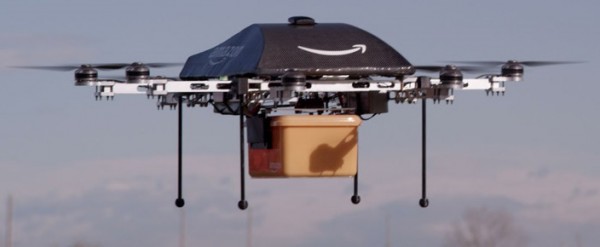With the increasing adoption of the Internet of Things (IoT) and artificial intelligence (AI), some social commentators believe we are now approaching a “post-human” period of our earthly existence, which may fuel fear among us mere mortals. Antony Savvas says IoT and AI will, hopefully, continue to require a human touch.
IoT devices and systems can reliably collect data but it is the quality of the humans collating it and interpreting it that is often the key stage of the whole shebang. And it isn’t just a few philosophers and Terminator fans who feel a little nervous about giving too much power to machines for making decisions instead.
If good upstanding citizens, who also happen to have a good analytical brain, aren’t in the middle of the whole show, we may have a problem. After all, key decisions about the roadworthiness of driverless cars and trucks or the automation of whole transport management systems can only truly be made by humans.
Sending a signal
 Just because we have something called IoT doesn’t mean we have to do away with every human signal controller on every stretch of train track, for example. As far as trains are concerned, what we do seem to be moving to is centralised operating centres with lots of signal people being bunched together to work as a team in interpreting the deluge of data in front of them.
Just because we have something called IoT doesn’t mean we have to do away with every human signal controller on every stretch of train track, for example. As far as trains are concerned, what we do seem to be moving to is centralised operating centres with lots of signal people being bunched together to work as a team in interpreting the deluge of data in front of them.
This is instead of using pretty little signal boxes in remote locations being operated by a single isolated individual, which may or not seem dangerous to some.
What I do know about train signallers, through having a friend as one, is that sometimes they are still required to manually open up a rail crossing gate at 4.00am, as machines can’t do everything reliably, yet, and may never be able to?
Landing in the Hudson
We also know that while many planes can literally be programmed to fly themselves, they can’t currently analyse how to interpret the best response to birds flying into their engines and the best way to land in the Hudson river as a result. Captain Sully has the sort of analytical brain that is needed to make the Internet of Things work.
Like every new technology that comes our way there is always a skills shortage for the people that can make that technology work in the most productive way.
When the first SAP ERP systems became available to business every IT person wanted SAP on their CV. But the ever-increasing numbers of SAP consultants didn’t seem to help avoid the high profile SAP deployment problems experienced by leading branded companies throughout the late ’90s and early noughties.
SAP was right when it said it wasn’t its software that was at fault, but often the way it was deployed and its results interpreted – expectations were often too high and analytics abilities were lacking. Some may say SAP was initially oversold, but that’s another argument.
The Fat Controller
The human element is key to all this. Data scientists and their reported short supply was widely reported on a few years ago following the advent of Big Data. Then we had the big bang appearance of artificial intelligence, and suggestions by some that such skills shortages could be alleviated by AI.
IoT sensors have no problem in picking up and sending what they are told to pick up and send, but if I’m travelling I don’t want a robot at the helm making decisions from this data. I want Captain Sully or the Fat Controller calling the shots, even if analytical brains are supposedly in short supply.
Antony Savvas is a freelance technology writer.











